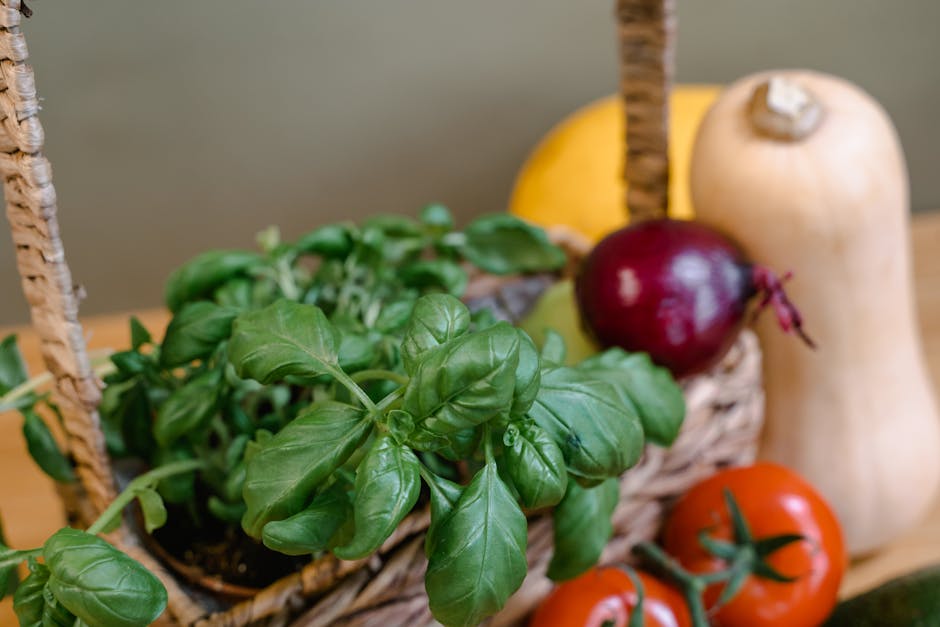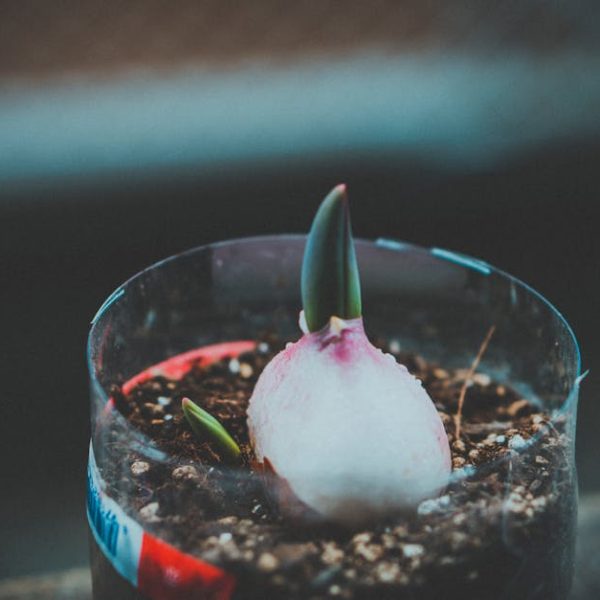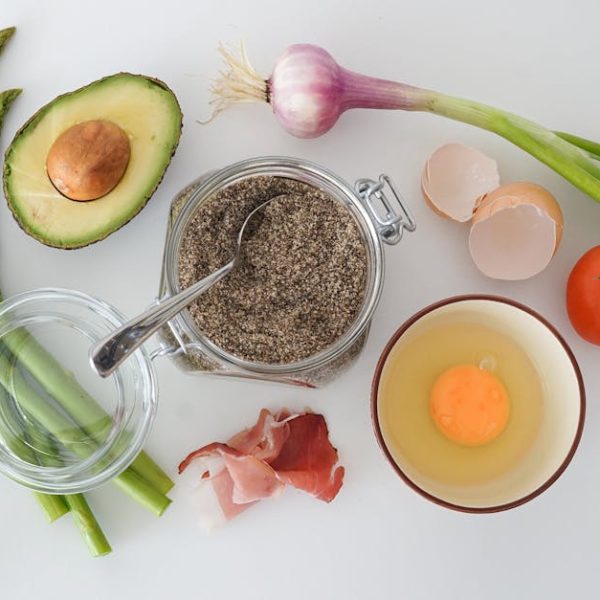For those misunderstood butternut squashes that often sit lonely and untouched at the back of the fridge – your time has come. With its sweet, nutty flavor and high nutritional value, butternut squash deserves a front-of-fridge position. However, one key aspect to enjoying this vibrant vegetable is understanding its shelf life.
Just like a good cheese, butternut squash can age gracefully. When stored in the right conditions, a whole butternut squash can retain its freshness for around two to three months. That is under optimal conditions, of course – a dry, cool place away from direct sunlight. Are you storing a cut butternut squash? It’s a different ball game entirely. Once cut, you can expect it to remain perky for about seven days in the refrigerator.
Proper Storage Methods to Keep Butternut Squash Fresh
I’m sensing you may want more from your butternut squash than a mere week of culinary opportunities? Then let’s dig into the do’s and dont’s of butternut squash storage. The golden rules for whole butternut squash are relatively straight forward: store it at room temperature in a dry area, and resist the urge to wash it before storing. The added moisture from washing can encourage mold growth and lead to premature spoilage.
Now, if your squash-ventures lead to only using part of it, here’s what to do with the rest: wrap the cut section in cling wrap to prevent it from drying out, and place it in an airtight container in the refrigerator.
Pro tip: Try to store cut butternut squash in the cooler areas of your refrigerator and not by the fridge light – the heat it emits can cause the squash to spoil faster.
Signs That a Butternut Squash Has Gone Bad
Knowing when to eat ’em and when to toss ’em is all part of the ‘great squash adventure’. So, what should you look out for? A spoiled butternut squash may undergo changes in color, texture, and smell. Lookout for discolorations, black spots, or a layer of mold as these are evident signs of decay.
While the exterior of the squash gives some indication, the real story is often told once you cut it open. A rancid smell or change in color to a dark yellow or orange could be indications that not all is well in squash-ville.
Pro tip: Notice only a small part of the squash is rotten? You can actually cut it out and safely use the rest, provided there aren’t any other spoilage signs.
Join me in my next segment as we delve into the health risks of consuming spoiled butternut squash, and other tips and tricks to extend its shelf life.
Health Risks Associated with Consuming Spoiled Butternut Squash
Venturing into squash-ville comes with its risks and consequences. And one thing you don’t want to bring back with you is a case of food poisoning. Consuming spoiled butternut squash can lead to gastrointestinal disorders such as nausea, vomiting, and diarrhea.
What to Do If You’ve Eaten Spoiled Butternut Squash
- Seek immediate medical help.
- Stay hydrated by drinking lots of fluids.
- Rest and allow your body to recover.
Pro tip: Remember our food safety creed, ‘When in doubt, throw it out.’ If you’re unsure about the freshness of your squash, best not risk it.
Other Tips and Tricks to Extend the Shelf Life of Butternut Squash
Want to give your butternut squash a new lease of life? Great! Here are some creative (and tasty) ways to do so.
- Pickling: Preserving your butternut squash in vinegar or brine not only adds a tangy kick but also extends its shelf life by months.
- Canning: This method involves sealing the butternut squash in a sterile container. It’s a bit more involved, but your squash will thank you for it!
- Freezing: For those who like to plan their meals ahead of time, freezing cubed butternut squash is a convenient option. Plus, it lasts for up to a year.
Here are some ‘do’s and ‘don’ts’ when handling and preparing butternut squash:
- Do wash your squash before cutting.
- Don’t store butternut squash with other fruits and veggies to avoid cross-contamination.
Pro tip: Store your veggies separately to prevent the spread of decay from one to another.
Let’s compare the pros and cons of different storage options in the table below:
| Storage Method | Pros | Cons |
|---|---|---|
| Freezing | Longer shelf life (up to a year), convenient for meal prep. | Requires blanching before freezing, change in texture after thawing. |
| Pickling | Adds a tangy flavor, extends shelf life. | Requires preparation, takes longer to be ready for use. |
| Canning | Can be stored at room temperature, can last for years. | Requires processing in a pressure canner, needs more space for storage. |
So, armed with your new treasure trove of squash knowledge – are you ready to conquer your fear and enjoy butternut squash all year round? I sure hope so! After all, having a colorful, nutrient-rich dish on your table is well worth the squash slog. Now go forth, enjoy your butternut squash, and remember: when it comes to longevity, it’s all about perfect storage.
Key Takeaway:
- Butternut squash can stay fresh for two to three months if stored whole under optimal conditions, and about a week if stored cut in the refrigerator.
- Storing whole squash requires a dry, cool place away from direct sunlight, and it should not be washed before storage.
- Cut squash should be wrapped in cling wrap and stored in an airtight container in the fridge.
- Signs of a spoiled squash include changes in color, texture, smell, and the presence of black spots or mold.
- Consuming rotten squash can lead to food poisoning, and thus any doubt about freshness should lead to disposal.
- Extending the shelf life of butternut squash can be achieved through pickling, canning, or freezing.
Stay assured that with the right storage methods, your butternut squash can stay fresh and tempting for a long time. Don’t let the fear of spoilage keep you away from enjoying this highly nutritious vegetable. Remember to observe the signs and when in doubt, throw it out – a small step toward ensuring your health and safety.
FAQs
Q: Is it okay to eat butternut squash that has some small black spots?
A: It depends on the nature of the black spots. If they appear to be mold or indicate decay, it’s best to avoid consuming it. If you’re unsure, it’s always safer to discard it.
Q: Can butternut squash be stored in the freezer?
A: Yes, you can freeze butternut squash! It’s a convenient option if you plan your meals ahead of time. Remember to cut it into cubes and blanch before freezing.
Q: Can you get sick from eating an old butternut squash?
A: Yes, if the squash has spoiled, it can cause food poisoning, leading to symptoms like vomiting, diarrhea, and nausea.
Q: If part of the squash is rotten, can I still use the rest?
A: If only a small part of the squash is rotten and there are no other signs of decay, you can cut out the rotten part and use the rest.
Q: Can I store whole and cut butternut squash together?
A: It’s not recommended. Cut squash has a shorter shelf life, and its exposure could lead to a quicker decay of the whole squash.
Spread the word about the proper storage of butternut squash and explore more insightful posts on our website!






